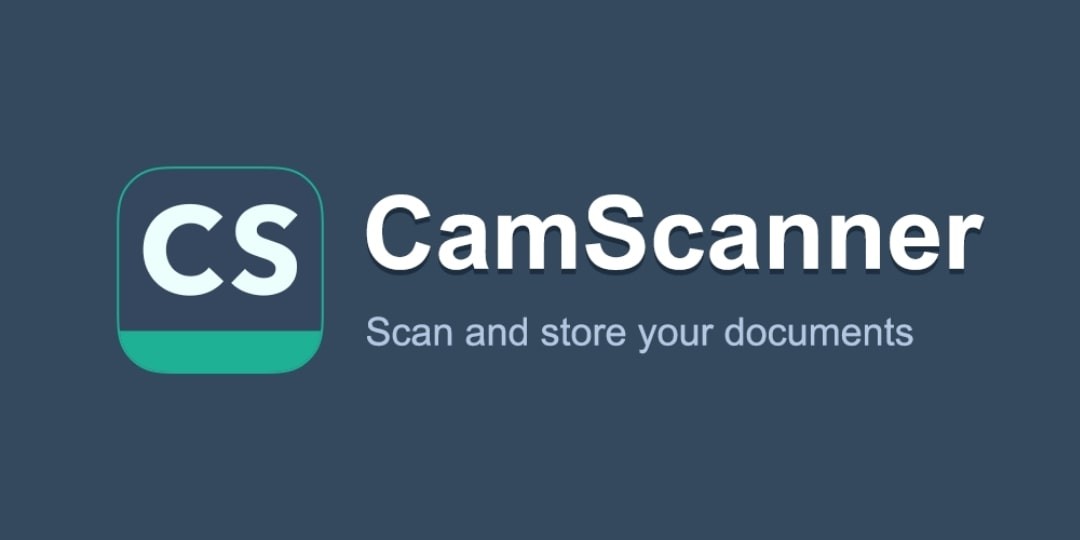

One of the best blogs in medicine is Ves Dimov's C linical Cases and Images. Political bloggers are said even to have an influence on the outcome of elections. Unlike static web pages (a feature of Web 1.0), blogs are more dynamic and permit bloggers to write articles and engage in “one to many” conversations with readers. Blogs are interactive websites that consist of regular diary-like entries. 4 (This bird's eye view of social software can be fully explored with your favourite medical librarian, after the holidays.)įor now, let's examine the notion of a blog, which was the first of the social software tools. Multimedia tools like podcasts and videocasts are increasingly popular in medical schools and medical journals. 3 Helpful but lesser known website tagging and organising tools, such as Connotea and, are proving useful (table ⇓). Information pushing devices, like RSS feeds, permit continuous instant alerting to the latest ideas in medicine. For example, blogs and wikis facilitate participation and conversations across a vast geographical expanse. Web 2.0 is primarily about the benefits of easy to use and free internet software. For me, the promise of open access in Web 2.0-freed of publishing barriers and multinational interests-is especially compelling. The new environment features a highly connected digital network of practitioners (medical or otherwise), where knowledge exchange is not limited or controlled by private interests. This new generation of internet services and devices-often referred to as social software-can be leveraged to enrich our web experience, as information is continually requested, consumed, and reinterpreted. What seems clear is that Web 2.0 brings people together in a more dynamic, interactive space.

2 The more we use, share, and exchange information on the web in a continual loop of analysis and refinement, the more open and creative the platform becomes hence, the more useful it is in our work. Medical librarians suggest that rather than intrinsic benefits of the platform itself, it's the spirit of open sharing and collaboration that is paramount. 1 Nebulous phrases like “the web as platform” and “architecture of participation” are often used to describe Web 2.0. The truth is that Web 2.0 is a difficult term to define, even for web experts. Few concepts in information technology create more confusion than Web 2.0.


 0 kommentar(er)
0 kommentar(er)
